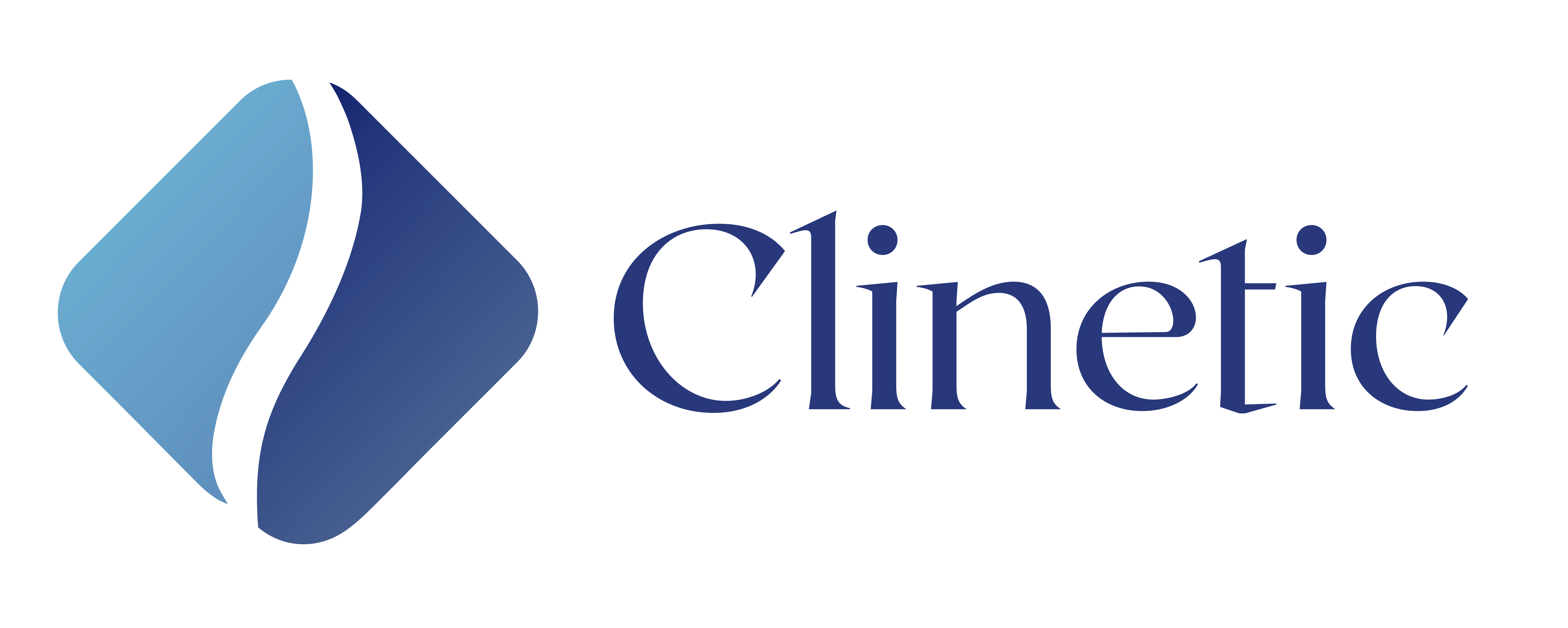Spinal Stenosis
What is spinal stenosis?
Spinal stenosis is when the foramen and spinal canal are narrowed. This can put pressure and compress the nerves that run through the spine. Spinal stenosis is due to the slow, degenerative ageing process of the spine and occasionally due to an injury, causing it to congeal and calcify.
What causes Spinal Stenosis?
Overgrowth of Bone
- Bone spurs may be formed in the spinal canal due to wear-and-tear damage from osteoarthritis on spinal bones. Paget’s disease can also lead to bone overgrowth in the spine.
Herniated Discs
- Cracks in the exterior of discs can lead to the inner substance escaping and pressing on the spinal cord or nerves.
Thickened Ligaments
- Over time, ligaments that hold spinal bones together can stiffen and thicken and expand into the spinal canal.
Tumours
- Tumours can form in the spinal cord but are uncommon and identifiable on MRI’s or CT of the spine.
Spinal Injuries
- Displaced bone from spinal fractures may damage tissue in the spinal canal. Spinal cords and/or nerves can also be compressed due to swelling of nearby tissue from injuries or back surgery.
How can Spinal Stenosis be treated?
Treatments include:
- Rehabilitation exercises
- ART and IASTM
- Dry needling
- Manual therapy
- Chiropractic and massage therapy
- Acupuncture
- Laser therapy
- Interferential current & TENS for pain reduction
- Ultrasound

